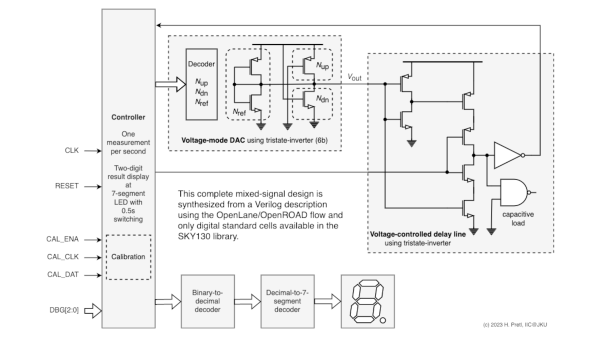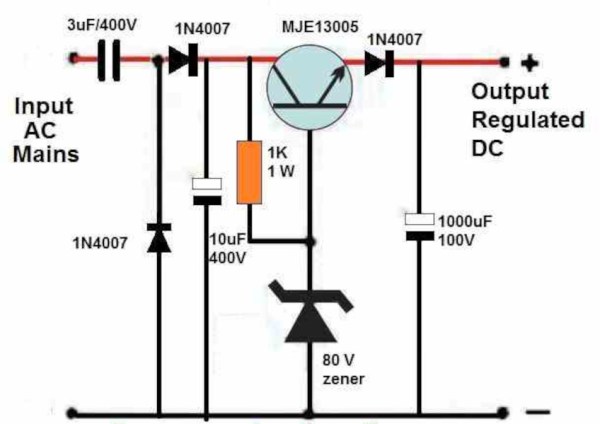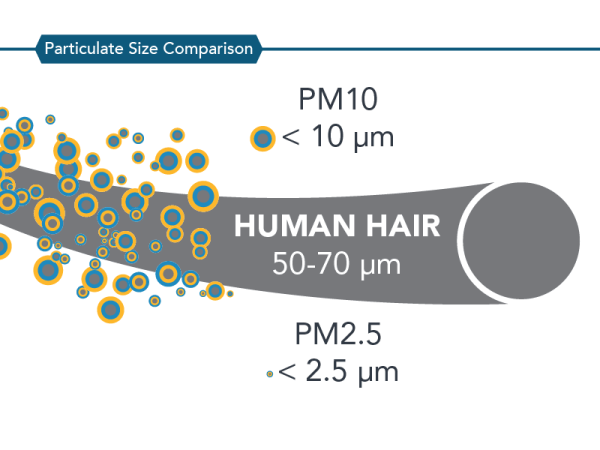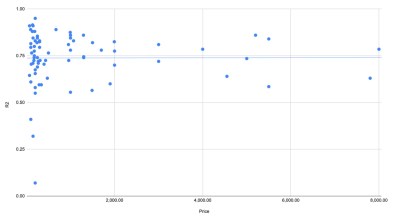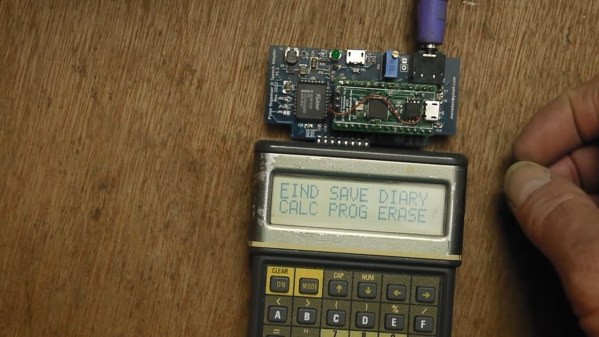Tiny Tapeout is a way for students, hobbyists, and home gamers to get their own ASICs designs fabbed into real custom chips. Tiny Tapeout 3 was the third running, with designs mandated to be made up of simple digital standard cells. Only, a guy by the name of [Harald Pretl] found a way to make an analog circuit using these digital cells anyway.
In a video on YouTube, [Harald] gave an interview on how he was able to create a temperature sensor within the constraints of the Tiny Tapeout 3 requirements. The sensor has a range of -30 C to 120 C, albeit in a relatively crude resolution of 5 degrees C. The sensor works by timing the discharge of a pre-charged parasitic capacitor, with the discharge current being the subthreshold current of a MOSFET, which is highly dependent on temperature. [Harald] goes deep into the details on how the design achieves its full functionality using the pre-defined digital cells available in the Tiny Tapeout 3 production run.
You can checkout a deeper breakdown of [Harald]’s design on the submission page. Meanwhile, Tiny Tapeout creator [Matt Venn] gave a great talk on the technology at Hackaday Supercon last year.
Continue reading “Analog ASIC Design Built Using Digital Standard Cells”

